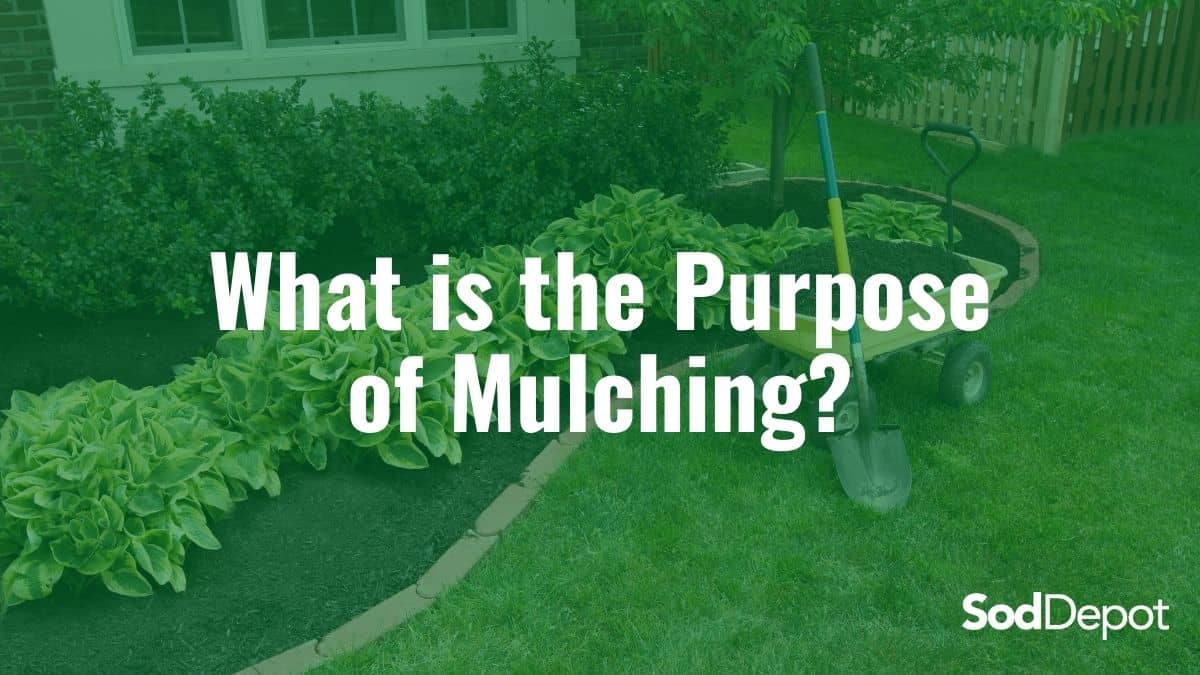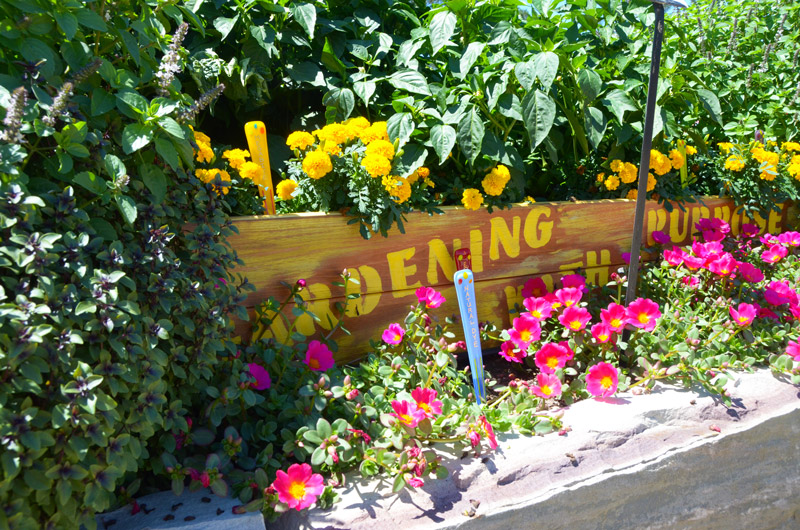The Buzz on Hilton Head Landscapes
Wiki Article
The Definitive Guide for Hilton Head Landscapes
Table of ContentsFacts About Hilton Head Landscapes RevealedHilton Head Landscapes Can Be Fun For AnyoneMore About Hilton Head LandscapesThe 6-Minute Rule for Hilton Head LandscapesWhat Does Hilton Head Landscapes Do?The smart Trick of Hilton Head Landscapes That Nobody is DiscussingHilton Head Landscapes for Beginners9 Easy Facts About Hilton Head Landscapes Explained
Type compatibility is also a significant part of unity in designone or 2 strikingly different types benefit contrast and focus, but typically all various other kinds ought to have some similarities for an unified appearance. Texture describes just how crude or fine the surface area of the plant or hardscape product really feels and/or looks.
Examples of plants with rugged structure consist of philodendrons, agaves, bromeliads, hollies, palms, and hydrangeas. Hardscape with coarse texture includes rough-cut stone, rough-finished brick, and incomplete timber with knots and a raised grain. Matured or old building material that maintains a weather-beaten surface is typically crude in structure. Attributes that produce fine appearance consist of little vegetation; slim, strappy leaves (lawns) or high, thin stems; little, thick twigs and small branches; long stems (creeping plants); and small, delicate blossoms.
The Only Guide for Hilton Head Landscapes
The majority of plants are medium texture, because they can not be referred to as having either crude or fine appearance. They are identified by medium-sized fallen leaves with straightforward shapes and smooth edges. The average-sized branches are not densely spaced nor widely spaced, and the general kind is typically rounded or mounding. Medium-textured plants serve as a history to web link and unify the crude- and fine-textured plants.
To make an area really feel smaller sized, place the coarse structures along the outer border and the great appearances closest to the viewer. The detail of the rugged texture makes the plants appear closer and makes the area feel smaller. The regarded texture of plants can also change with the distance from the plant.
The Buzz on Hilton Head Landscapes
Strong shades boost the contrast and make the texture appear coarser, while low-key colors can flatten structure. Hardscape with a crude texturesuch as extremely rough rocks and vibrant, large timberstends to make all plant product show up extra medium textured. Designers often develop a texture research study (Number 8) on paper to assist make a decision the setup of plant products.Figure 8. Texture study. Shade in plant material and hardscape adds rate of interest and selection to the landscape. Shade is the most obvious aspect in the landscape and is normally the emphasis of most property owners; nevertheless, it is also one of the most temporary element, generally lasting just a few weeks a year for specific plants.
The Best Strategy To Use For Hilton Head Landscapes
An easy summary of the shade wheel includes the 3 primaries of red, blue, and yellow; the 3 secondary shades (a mix of 2 primaries) of environment-friendly, orange, and violet; and six tertiary shades (a mix of one adjacent key and secondary color), such as red-orange. Color concept clarifies the partnership of shades to each various other and how they ought to be utilized in a make-up.
Analogous (occasionally called harmonious) color schemes are any kind of three to five colors that are surrounding on the shade wheel, such as red, red-orange, orange, yellow-orange, and yellow, or blue, blue-violet, and violet (landscapers in bluffton sc). The shades are relevant per various other since they typically consist of two primaries blended to form an additional and two tertiary colors, which means they share typical residential properties
They have a tendency to have high comparison in between them. One of the most usual sets are violet and yellow, red and eco-friendly, and blue and orange. Complementary shades are typically located normally in blossoms; an usual pair is yellow and violet. Color is located in the blossoms, vegetation, bark, and fruit of plants.
About Hilton Head Landscapes
Green vegetation in all its numerous shades is the leading shade by quantity, however other shades catch interest extra conveniently as a result of their high contrast to the shade green. Shade is also found in structures, rocks, pavers, wood, and furniture. The majority of colors in natural products, such as rock and timber, are normally low-key and often tend to be variations of brownish, tan, and pale yellow.Color is an important component for developing interest and variety in the landscape. Shades have properties that can influence emotions, spatial understanding, light top quality, equilibrium, and emphasis. One residential property of color is explained about temperaturecolors show up to be awesome or warm and can affect emotions or feelings. Trendy shades often tend to be calming and should be made use of in locations for relaxation and tranquility.
Hilton Head Landscapes Fundamentals Explained
The "temperature" of colors can also impact the assumption of distance. Awesome shades have a tendency to decline and are viewed as being farther away, making a space really feel bigger. Warm shades often tend to breakthrough and are viewed as being better, making a space really feel smaller. Color can additionally be used to record attention and straight sights.For example, intense yellow, which has the highest possible intensity, likewise has a high comparison with all various other shades (typically called a "pop" of color) and ought to be conserved. A tiny amount of extreme color has as much visual weight as a big quantity of a much more suppressed or weak color.
Comparable (occasionally called unified) color pattern are any type of three to 5 shades that are nearby on the shade wheel, such as red, red-orange, orange, yellow-orange, and yellow, or blue, blue-violet, and violet. The shades belong to each other since they normally consist of two main shades mixed to develop a second and 2 tertiary shades, which suggests they share usual homes.
The 3-Minute Rule for Hilton Head Landscapes
They tend to have high contrast between them. One of the most typical sets are violet and yellow, red and eco-friendly, and blue and orange. Complementary colors are typically discovered naturally in blossoms; a typical pair is yellow and violet. Shade is found in the blossoms, vegetation, bark, and fruit of plants.Eco-friendly vegetation in all its various shades is the leading shade by amount, yet other shades capture focus a lot more readily due to their high comparison to the color green - landscapers in bluffton sc - https://worldcosplay.net/member/1787568. Color is also located in structures, rocks, pavers, wood, and furniture. The majority of colors in all-natural materials, such as stone and wood, are commonly muted and have a tendency to be variants of brownish, tan, and pale yellow
4 Simple Techniques For Hilton Head Landscapes
Shade is a crucial component for creating rate of interest and variety in the landscape. Shades have properties that can influence feelings, spatial perception, light quality, balance, and focus. One home of reference color is explained about temperaturecolors appear to be great or warm and can impact emotions or feelings. Cool colors often tend to be calming and need to be made use of in locations for leisure and serenity.The "temperature" of colors can additionally impact the understanding of range. Amazing shades have a tendency to decline and are perceived as being further away, making a space feel larger. Cozy colors tend to development and are perceived as being more detailed, making an area really feel smaller sized. Shade can also be made use of to capture interest and direct views.
Intense yellow, which has the highest possible intensity, likewise has a high contrast with all other shades (frequently described as a "pop" of color) and should be used moderately. A percentage of intense shade has as much aesthetic weight as a big amount of an extra suppressed or weak shade.
Report this wiki page